Jun 23, 2025
Author:Sam Wonder
Both the personality and the care a feline needs depend greatly on whether it is a small or large animal. Cat lovers across the globe enjoy large domestic cat breeds because they exhibit the best of both wild and gentle behaviour. Great size is only one of their qualities; these giant cat breeds are usually friendly and have some special characteristics that make them excellent pets.
Big cats are much different to take care of then small ones and this is mainly because of the specific needs they have when it comes to food, exercise and even special equipment. These differences are important to understand to care about them in a best possible way.
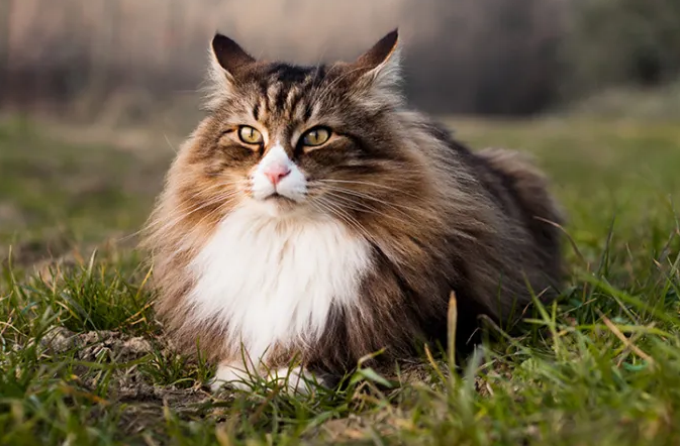
Experts count large cat breeds according to size, body length, and shape of the bones. Most large domestic house cats in the USA usually weigh between 12 and 25 pounds, although some get much larger.
The changes made by breeders allow large cats to grow big, but without affecting their affectionate and friendly behaviors toward families.
The heaviest domestic cat breed specimens can pass the 30 pound mark, depending on their family history, how they are fed, and general health. Knowing sizes of different pets is significant when you are preparing to get one.
In North America, the Maine Coon is well known as a recognizable big house cat. They tend to be 40 inches long and the males can weigh between 18 to 25 pounds. Due to the cold environment in New England where Maine Coon was bred, it became large and got strong fur.
Maine Coon cats can be big, but the majority of them still love being a cat, and you will see many follow their owner around the home and even learn how to bring objects back too.
Tall cat breeds are easy to spot because they have tall ears, tough paws, and lovely eyes. To preserve their beautiful coats, they need a good diet of the right food and need to be washed and brushed.
Savannahs are widely recognized as some of the most exotic large cat breeds that domestic cat breeders can offer. Crossing African Servals with regular cats produces the largest domestic cat breed, Savannah, which, on average, grows to be up to 17 inches tall and weighs nearly 20 pounds.
Huge house cats retain much of their wild side, and many can jump 8 feet into the air with ease. Savannah cats can be identified through their spotted fur, erect ears, and their devotion to their human companions. Even so, taking care of them demands expert owners and lots of mental stimulation toys that keep their minds active.
Both their large stature and calm attitude help ragdolls win a spot in the massive cat breed classes. Most giant domestic cats usually weigh around 12–20 pounds and are known for being very calm, becoming floppy and soft in someone’s arms, hence the name ragdoll.
The blue eyes and cheerful mood of ragdoll cats from California in the 60s made them popular among lovers of cats. Since they need to be groomed regularly, pet parents should offer them good quality grooming products and fine nutrition.
'Wegies,'or Norwegian Forest Cats, are one more type of the largest house cats in the world. The necessity to withstand the cruel weather on a daily basis made these cats strong and capable of staying outside with ease.
Most males are as big as 13-22 pounds but many can look extremely larger with their big muscles and thick fur. The big house cats are excellent climbers and remain healthy and active when kept active and mentally challenged.
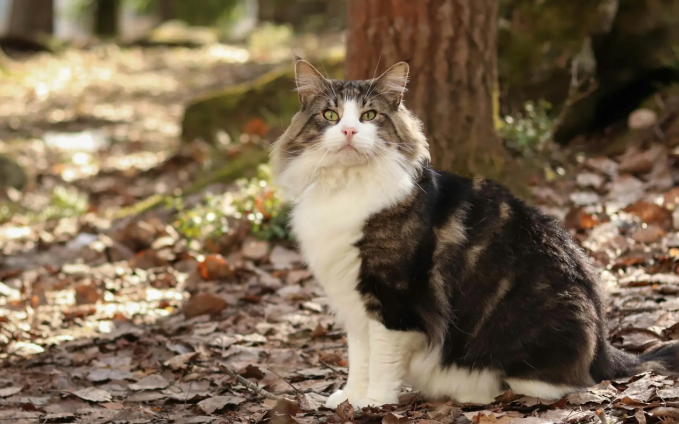
Among big domestic cats, Siberians tend to be very impressive, and most males weigh 15-20 pounds. For thousands of years, in Russia's extreme climate, these cats developed extra thick hair and a large, robust build.
A reason many families like Siberians is that they typically produce less of the Fel d 1 protein associated with allergies. As a result, a greater number of families can choose from the extensive list of big house cat species.
British Shorthairs, though not the biggest of big house cat species, are both very heavy and highly muscular. Males often weigh somewhere between 12 and 18 pounds and are strong with well-built bodies. Its round head and plush fur make the breed look like a teddy bear.
They are famous for being different types of big domestic house cats, preferring water and having special coat colors. They generally weigh between 16 and 20 pounds and are recognized for swimming capabilities since most house pets do not like water.
Since the semi-long coat is water-resistant by nature, it is ideal for surviving the chilly winters and snow in its home country, Turkey.
Large domestic cats need a different diet compared to most cats. Being larger than standard cats, these animals need a diet full of protein, and their kittens ought to get foods that help them develop properly without putting extra strain on their joints.
Most of a big cat’s meals should have high-quality protein, but feeding them too much may lead to weight gain. It’s important to feed big cats the right portions automatically, since they may not realize when they have had too much to eat. Using an automatic feeder can help you out to ensure all your pets get the right quantity of food for every meal.
Big domestic house cats require spaciousness and exercise to keep fit and content. Unlike smaller breeds that might be content with minimal space, these giants benefit from the following:
● Tall cat breeds enjoy climbing structures
● Interactive toys that challenge their intelligence
● Adequate horizontal space for running and playing
● Multiple levels in their living environment
Large cat breeds require a lot of grooming due to their thick, luxurious fur. Frequently brushing them prevents their hair getting tangled and results in less shedding. Be careful with their nails because they tend to become stronger and longer as they age.
The right grooming tools, specifically designed for huge house cats breeds, can help you keep their fur healthy and under control. Frequent grooming is a good time to notice if the cat seems unwell and helps you and your cat bond.
Giant cat breed specimens are prone to certain health conditions related to their size:
● Hip dysplasia and joint problems
● Hypertrophic cardiomyopathy
● Obesity-related complications
● Dental issues due to large jaw size
These are just a few of the diseases your cat may be vulnerable to. To get a better idea, read here to see some more different types of diseases you should look out for and their prevention.
Large house cats are prone to certain health issues, so they should be taken to the vet on a regular basis. Early detection and prevention of problems means that these animals will tend to have longer, happier lives.
Large domestic cat species need more space as compared to their smaller counterparts. Living in a close environment is stressful, resulting in negative behaviours and health complications. Ideal living situations include:
● Multiple rooms for exploration
● High perches and climbing opportunities
● Adequate litter box space (larger boxes for larger cats)
● Protected outdoor access when possible
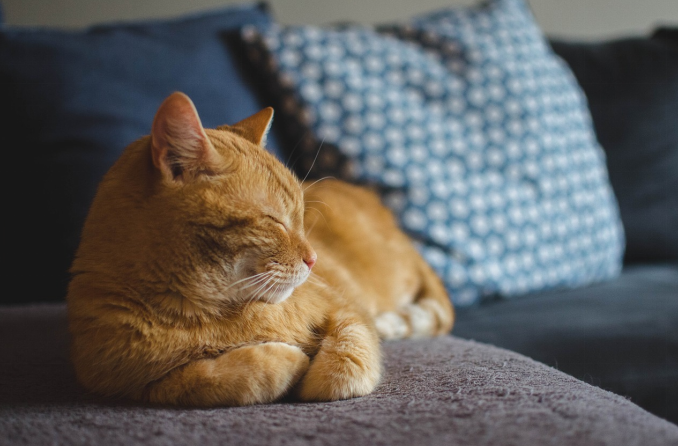
Large breed cats require appropriately sized equipment:
● Oversized litter boxes
● Sturdy cat trees rated for heavy cats
● Large comfortable beds
● Heavy-duty scratching posts
● Appropriately sized carriers for transportation
Many of the biggest house cats breed specimens share certain personality traits that make them exceptional companions:
● Gentle, laid-back temperaments
● Strong bonds with their families
● Intelligence and trainability
● Playful nature that extends into adulthood
● Social behaviours similar to dogs
People assume that a large cat can be brought up as a family pet because most of them are calm and friendly with children. They should, however, not be left around in the company of very young children, so families must be ready to offer the additional space, food, and attention that these cats require.
There is a wide range of large domestic cat breeds for people who want special feline pets. Owners of giants such as the Savannah, Maine Coon, or Ragdoll will discover that each breed has its own advantages.
You should be committed to proper feeding, regular exercise, routine grooming, and regular vet visits for these large house cat breeds. Spending time and effort on having a pet helps create wonderful, loving animals that make any home happier and brighter.
Those who want to own one of these large domestic cats must be well prepared to take responsibility. Do your homework on breeders, get everything ready for your cat and always have access to the best health and care resources for them.
Label:
Popular Post
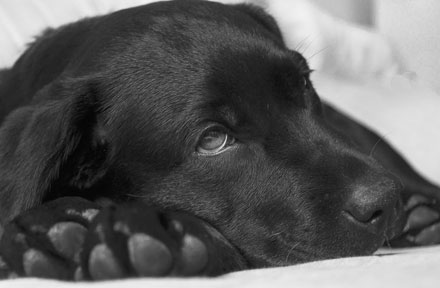
What to Feed a Sick Dog With No Appetite? [2025 Guide]
May 16, 2023
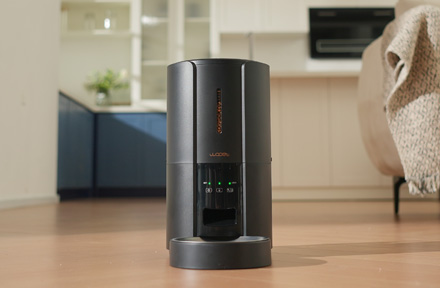
Troubleshooting Common Issues with Automatic Pet Feeders: Tips & Tricks for Pet Owners
Oct 26, 2023
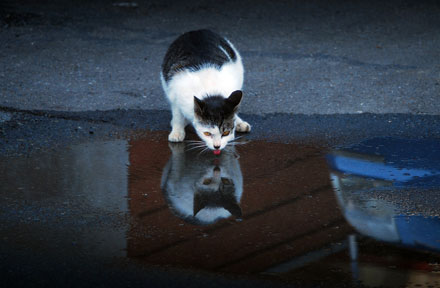
Why Does My Cat Cough After Drinking Water? 8 Potential Reasons
Mar 13, 2023
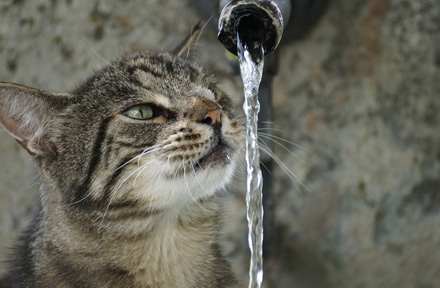
Why is My Cat Throwing up Water? Top 5 Causes Here
Feb 08, 2023
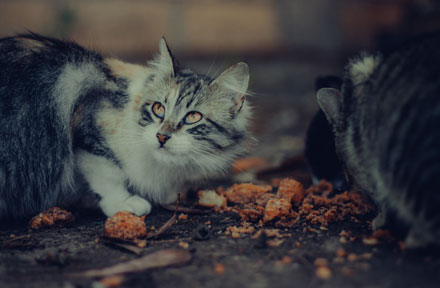
My Cat Only Eats A Little at A Time - What to Do?
Feb 27, 2023
$99.99
$129.99
Copyright © 2025 WOPET. All Rights Reserved.